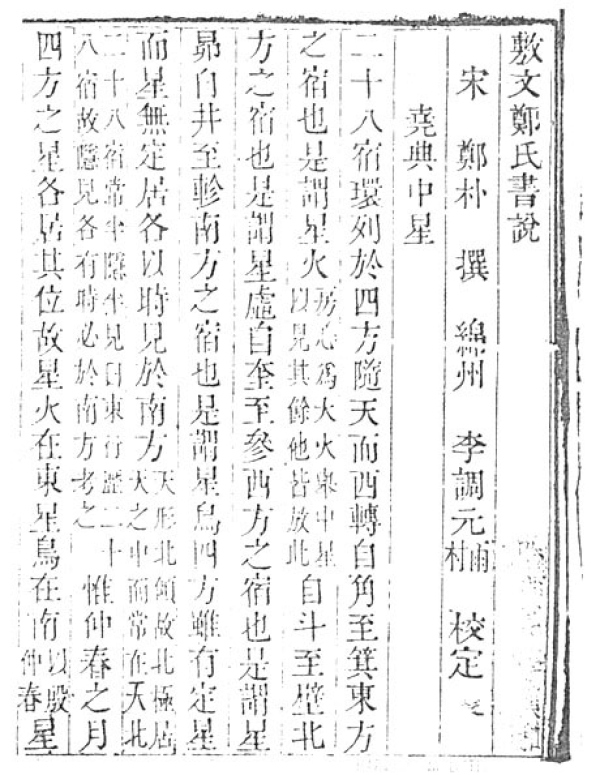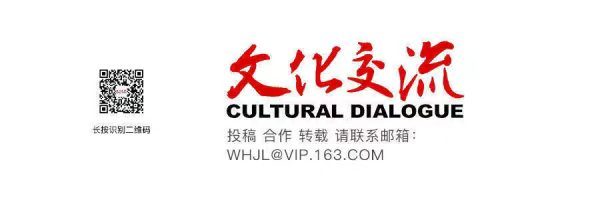
During the Song dynasty (960-1279), numerous teachings on Confucianism emerged. The teachings of this period, collectively referred to as Songxue, saw many schools of thought compete with each other. In the Northern Song (960-1127), there were Xinxue (New Learning) as advocated by Wang Anshi (1021-1086) and his son, Shuxu (Shu School) as practiced by Su Shi (1037-1101) and his brother, Luoxue (Luoyang School) as proposed by Cheng Hao (1032-1085) and his brother Cheng Yi (1033-1107), and Guanxue (Guanzhong School) as represented by Zhang Zai (1020-1027). In the Southern Song (1127-1279), three schools, the School of Principle (Daoxue) represented by Zhu Xi (1130-1200) in Fujian and the School of Mind (Xinxue) founded by Lu Jiuyuan (1139-1192) in Jiangxi and the Yongjia School of Thought (or Yongjia School) led by Ye Shi (1150-1223), were the most dominant.
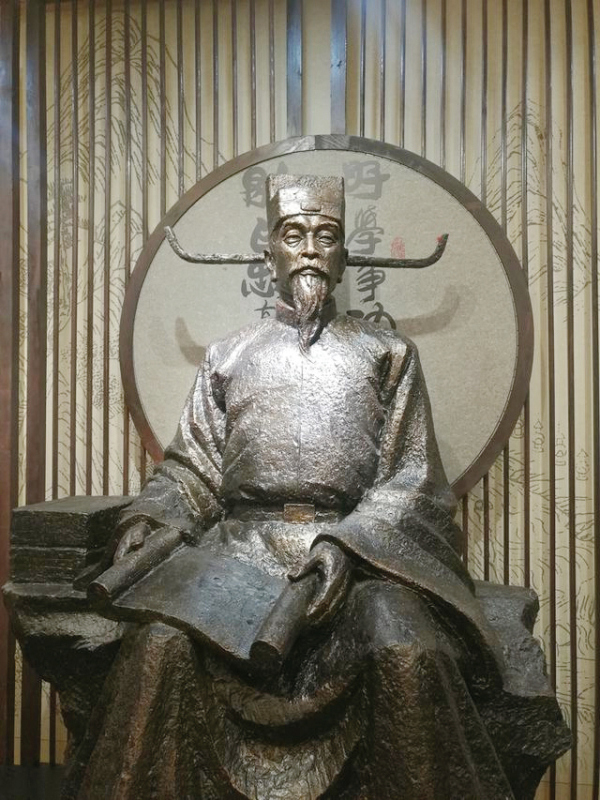

As its title indicates, the Yongjia School was named after the place, i.e. Yongjia (as Wenzhou was originally known), where it was born, and was practiced largely by scholars from Yongjia. The Yongjia School is also called the School of Practice (Shigong Xuepai) or the School of Utility (Gongli Xuepai) since it championed privatization, commerce, free trade, tax cut, among other areas that went against some of the core teachings of Confucianism.
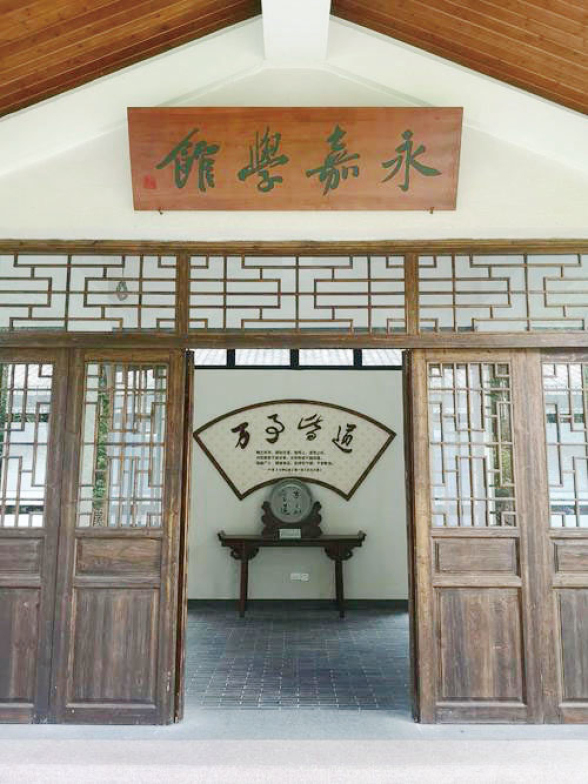
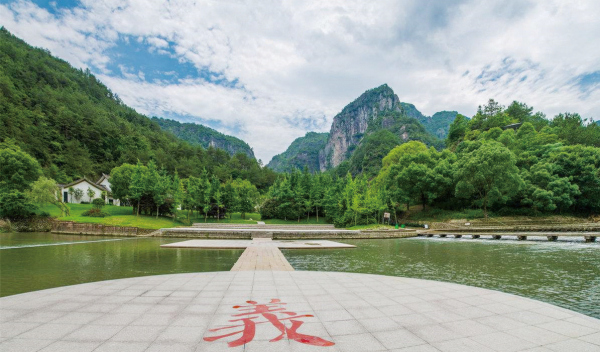
"A prosperous scene that is Wenzhou, always called little Hangzhou." That was how Yang Pan (ca. 1017-1106), prefect of Wenzhou, described it at the time. In the Southern Song period, the moving of the Song court to the south made Wenzhou a major base, where distinguished families settled and brought with them culture and education. With the development of agriculture and handicraft industry in Wenzhou, the commodity economy in urban and rural areas also boomed. It was the flourishing of culture and economy that laid the foundation for the Yongjia School.
The pioneers of the Yongjia School were Wang Kaizu (ca. 1035-1068), Ding Changqi and Lin Shi (1004-1101) as well as the “nine masters of Yuanfeng” (Yuanfeng jiu xiansheng, Yuanfeng being the era name during the reign of Emperor Shenzong of Song corresponding to the years 1078-1085), namely Zhou Xingji (1067-1125), Xu Jingheng (1072-1128), Liu Anije (1068-1116), Liu Anshang (1069-1128), Dai Shu (1074-?), Zhao Xiao (1062-1109), Zhang Hui, Shen Gongxing and Jiang Yuanzhong.
These thinkers introduced the novel teachings of the Luoyang School and the Guanzhong School to the east Zhejiang area. The teachings of these early masters were then spread and transformed by the three brothers of Zheng Boxiong (ca. 1124-1181), Zheng Boying (1130-1192) and Zheng Boqian, as well as Xue Jixuan (1134-1173) and Chen Fuliang (1137-1203).
It is Ye Shi (1150-1223) that is generally regarded as the representative scholar of the Yongjia School, as his life experience, including his political career and intellectual orientation, and his theoretical synthesis on the Yongjia teaching raised the status of the school to the highest it ever attained.
Indeed, the Yongjia School has a clear theoretical system, with distinctive characteristics. First, it is imbued with a strong sense of patriotism. Second, it attaches great importance to historical research and emphasizes learning from history. Third, it is pragmatic, focusing on practical problems and issues. Fourth, it calls for putting knowledge into practical use, and believes interests (or benefits) and righteousness (or justice) are compatible.
At the time, the Yongjia School had a considerable impact on the imperial exams. As Yongjia scholars were mostly masters of the exams, their books were great references for students taking the tests. Figures show that during the Southern Song era, in Yongjia alone, more than 500 people obtained the jinshi degree, the highest and final in the examinations. It also helped shape the literary and poetic fashions of the day for its insistence on essays and poems being edifying, original as well as giving equal priority to ancient classic and contemporary works.
More importantly, perhaps is the fact that the school’s pragmatism, utilitarianism and pro-business stance, all essential values of the modern market economy, have laid a spiritual foundation for its development. To a large extent, these values have given rise to the Wenzhou Model of economic development, concrete evidence of the school’s continuing influence. In fact, Zhejiang businessmen’s pragmaticism, financial management prowess and innovativeness are also rooted in the traditions of Yongjia School.
